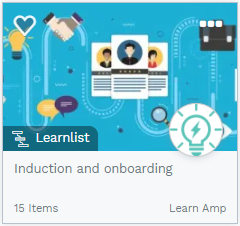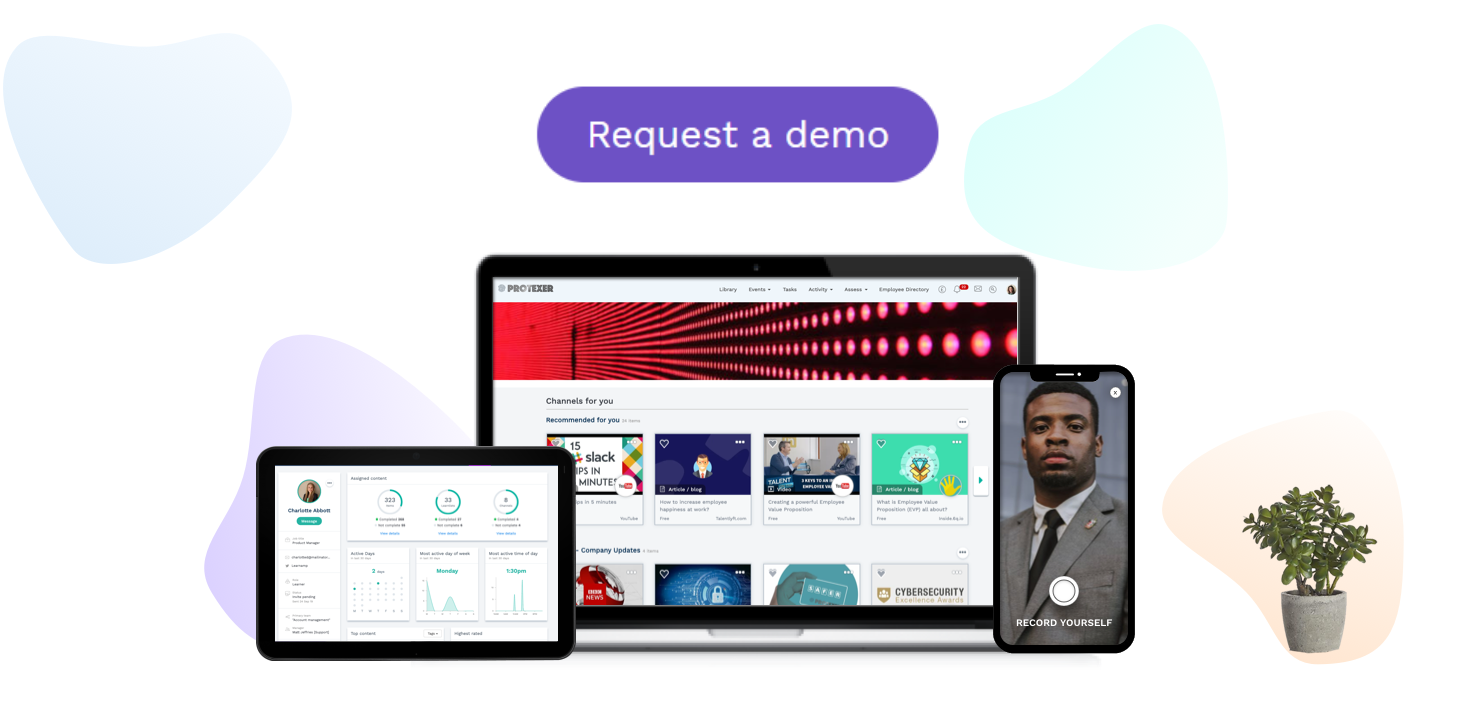Coaching programmes can be a powerful driver for business performance. However, for remote businesses, coaching can be tricky to set up.
In this piece, we'll explore how to harness the power of coaching while working remotely. To do this, we'll:
- break down the benefits of coaching in the workplace;
- explain how you can encourage internal coaching;
- show you how to get external coaches up to speed quickly.
Why your business needs coaches
According to Chief Learning Officer Magazine1, coaching is the skill that front-line managers most want. And small wonder.
Coaching, the process of equipping people with the tools, skills, and knowledge to reach their full potential, is a performance powerhouse.
More than 70% of people who receive coaching report improved work performance, more effective communication skills, and better workplace relationships2.
In the uncertain, challenging environment created by the global pandemic, coaches have never been more necessary to keep employees motivated, engaged, and supported.
"Coaching is an attitude, not just an activity"
However, with belts tightening during the current financial crisis, external coaching may be beyond the means of many small and mid-market companies. Luckily, internal coaching programmes can be highly effective, without the hefty price tag.
Internal coaches are employees – managers, business leaders or subject matter experts - who offer coaching and mentoring to their co-workers.
They provide the same motivation, inspiration, and guidance as external coaches – but with the added advantage of having a deep understanding of your company culture and priorities.
How to build a remote coaching programme
Of course, all of this becomes trickier in a remote workplace. Gone are the opportunities for casual peer-to-peer or manager-employee conversations over the water cooler.
For new hires, it’s hard to know where to go to find internal experts. Even if you decide to bring someone in, external coaches may find it hard to understand or connect with the company or its values without in-person meetings.
Organising coaching days can also be tricky from a logistical point of view when you’re working remotely. For instance, not all of your employees will be working at the same time.
This can be especially challenging if you have a geographically dispersed team on different time zones, or if some of your employees are still juggling work and childcare during the pandemic.
However, with the right tools and structures in place, it can be easy to build a high-performing coaching programme in a remote company.
At Learn Amp, we use these three tips for our coaching programme.
Explicitly acknowledge the role of internal coaches
The best way to encourage employees to step up and coach each other is to make it easy to find the right person for the job.
Instead of a bare-bones employee directory, consider building a ‘LinkedIn-style’ platform which highlights the skills and expertise of each employee.
Request each employee to create a short bio in text or video format and store these all alongside the usual contact details.
Make sure that your learning and development (L&D) team then adds searchable tags to each employee’s bio – for instance, “public speaking”, “UX design” or “leadership.” These employees then become Subject Matter Experts (SMEs).
 That way, even with remote teams, everyone can easily find the best person to help coach them through a performance challenge or difficult task.
That way, even with remote teams, everyone can easily find the best person to help coach them through a performance challenge or difficult task.
These internal coaches can also play a valuable role in L&D by becoming curators for learning resources. For instance, if you’re using a next-gen learning platform like Learn Amp, individual employees can create learning resources to address specific issues.
Once the content has been created, it can then be reviewed by the appropriate SME for approval, before being finally signed off by the central L&D team.
This has the advantage of reducing the workload for the L&D team, while also potentially flagging up potential future experts – those users who are adding a lot of content on a particular area may be in the process of becoming your new SMEs.
Decentralise your internal coaching programme
One of the best aspects of introducing an employee directory is that it helps to decentralise the whole concept of coaching.
Instead of hanging around waiting for management to organise a coaching day, employees can reach out as soon as they know they need help. They have responsibility and control over their own learning journey, coupled with support when they need it.
Again, it’s key to challenge how we think of coaching.
Many companies still buy into the notion that coaching involves an external expert, or possibly a manager, sharing their wisdom and expertise with the more passive coaching recipient.
However, if we consider coaching as an active exchange of knowledge and encouragement, it becomes clear that anyone can be a coach. In other words, coaching is an attitude, not just an activity.
With this view of coaching, it becomes a part of the overall learning and development programme and can be distributed between multiple people.
The idea of using coaching as part of a team, rather than a skill reserved for managers, has multiple benefits for remote companies.
First of all, it reduces the strain on managers themselves, who can share out the coaching aspects of their role across multiple people.
"By rethinking the concept of coaching you can make sure that your remote employees get the guidance and inspiration they need, when they need it the most"
Secondly, it creates a more cohesive, “we’re all in this together” attitude across the business, which can be harder to achieve when you’re not all working in the office.
Thirdly, it helps encourage a feeling of efficacy and recognition among employees, as the company is acknowledging their unique subject matter expertise and ability to help coach and motivate their colleagues.
Onboard external coaches with your learning platform
If you decide that you do need to bring external coaches in to support your remote team, setting up your tools and systems the right way can help you get far more out of your investment.
For instance, many external coaches can find it harder to understand your company culture and atmosphere if they aren’t able to meet people in person or spend time in your offices.
However, you can address this by creating a specific onboarding journey for external contractors and consultants, which breaks down your company goals, competencies framework, mission and vision, priorities and cultural norms.
 You may want to set up Learnlists or a similar learning pathway with milestones and checkpoints, and invite external coaches to spend time getting to know your business before they even start.
You may want to set up Learnlists or a similar learning pathway with milestones and checkpoints, and invite external coaches to spend time getting to know your business before they even start.
Videos can also be a great resource for helping to give a sense of how you talk about your company – for instance, an onboarding welcome video from the CEO or a short team interview can be uploaded and shared via your learning platform.
The right tools can be used to manage remote coaching days. Use your learning platform to send out automated reminders for scheduled Zoom sessions. Setting up a company announcement channel can help make sure that as many people as possible attend coaching days.
You could also ask coaches to prepare asynchronous coaching content, such as videos or exercises that employees can work on in their own time and then demonstrate their results for the coach or another mentor at a later date.
Coaching is key to supporting and motivating employees during this tough time, even when you’re working remotely.
By rethinking the concept of coaching, setting up the right tools and processes, and encouraging coaching as an attitude at a company-wide level, you can make sure that your remote employees get the guidance and inspiration they need, when they need it the most.
To sum up
- To create true learning organisations, we need to rethink the role of coach. Internal coaching programs should be implemented - Managers should be coaches, but it can also be a function of internal experts.
- Employees need to know who to ask about particular skillsets, especially when it’s not obvious (e.g. the marketing manager is also a public speaking expert, or the programmer who knows everything about UX copywriting…)
- Learning platform needs to support this process, by setting up SMEs as knowledge curators, screening user-created content, and making it easy to find internal experts.
- External coaches can supplement this by adding an outsider’s perspective and bringing new knowledge into the organisation.
- Again, the learning platform can facilitate external coaching programs by making it easier to onboard and orientate newly engaged coaches into the company’s priorities and challenges with e.g. corporate culture Learnlists.
Find out Learn Amp can help you to build a coaching programme for your organisation by requesting a demo below
Resources
1. Forbes





